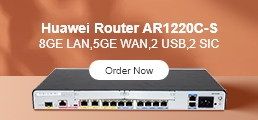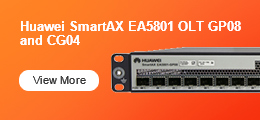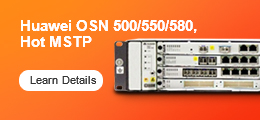5G is a technical standard, but it’s not always easy to translate technical specifications into what they mean for everyday experience. Breaking the various technical aspects of 5G into more manageable pieces, however, helps show just why 5G is so important to the future of our connected lives and how different variations of 5G can lead to vastly different experiences for end users. This series of 5G FAQ will help consumers and enterprises navigate the sometimes-confusing terminology surrounding the onset of 5G.
Multiple Input, Multiple Output (MIMO) refers to using multiple radio antennas at both the tower and the device. MIMO helps minimize transmission errors and improves capacity, coverage, and transmission speed of cellular networks. LTE currently makes use of either 2x2 or 4x4 MIMO. In a 2x2 system, there are two antennas on both the tower and device, and with 4x4 there are four antennas on both the tower and device.
Taking advantage of mid-and high-band spectrum, 5G will continue to benefit from the growth of massive MIMO and its enormous number of potential antenna configurations, which could reach up to 256 on a given base station. This jump in scale, moving from today’s 4x4 configuration to hundreds of antenna elements, is directly tied to higher spectrum frequencies. In a nutshell, lower frequencies require larger antennas. From a practical standpoint, there just isn’t room on base stations or mobile devices to support a massive number of large antennas, essentially removing low-band 5G deployments from the massive MIMO equation. However, as you reach the higher frequencies of mid-band and high-band (or mmWave), the size of antennas shrinks considerably and allows for a “massive” expansion of MIMO.
Much of 5G infrastructure and devices won’t be ready to accommodate such huge antenna configurations, but the pathway will exist to grow in this direction due to the much smaller antenna sizes possible at higher frequencies. Currently, mobile carriers are limited in their adoption of massive MIMO by their spectrum holdings. For example, Sprint uses the same 2.5 GHz (mid) band for their LTE network as well as their 5G network, configured in “split” mode, whereas Verizon has begun to utilize massive MIMO for their high-band/mmWave deployments.
How massive MIMO will drive 5G effectiveness Massive MIMO offers a host of advantages that will support mid- and high-band 5G network connectivity such that consumer expectations of the 5G era will be met or even exceeded. Specifically, massive MIMO offers the following advantages:
• A higher data rate enables faster upload and download speeds.
• Advanced signal processing algorithms enable a reduction in bit error rate (BER) when transmitting data from tower to device.
• Processes such as space time block coding and beamforming extend cell coverage areas.
• The wider coverage area supports more mobile subscribers per cell.
• Increased spectral efficiency offers a higher quality of service from the network provider.
Current obstacles to widescale massive MIMO adoption. The primary obstacle preventing widescale massive MIMO adoption, in addition to the specific spectrum holdings by different carriers, is cost of implementation. Initial 5G networks are typically non-standalone, which means they are built on the existing 4G LTE tower and node infrastructure. Because the existing infrastructure cannot physically hold the number of antennas required to meet “massive” MIMO capacity, network operators will need to build standalone networks in order to accomplish full-scale adoption.
Building a new, standalone infrastructure takes time and carries a significant hardware and installation expense. Until large-scale 5G standalone networks are up and running, we will not see widespread massive MIMO in action.
Massive MIMO is one of many 5G-related technologies that, when combined, will help fully support the high demand of data consumption and increased connectivity of our world now and into the future. While massive MIMO cannot support the coming era of 5G alone, it will be a crucial component to achieving fast and seamless connectivity in homes, businesses, and on the go.
Learn More:
5G Network Abbreviations and Terminologies
5G Technology Key Performance Indicators
Snapdragon X50 5G Modem-RF System vs. X55 5G Modem-RF System
What is 5G NR Frequency Bands?
Huawei P40 vs. Huawei P40 Pro vs. Huawei P40 Pro Plus
OnePlus 8 5G vs. OnePlus 8 Pro 5G



















































































































